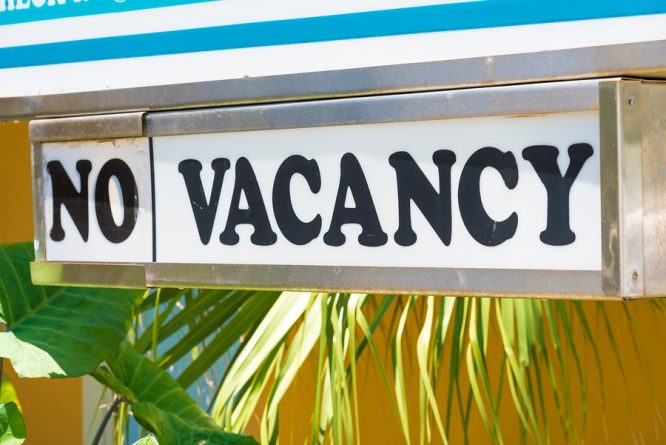Buyers are increasingly prizing stabilized assisted living communities (with stabilized defined as having an occupancy equal to or higher than 85%) over non-stabilized communities when making acquisitions. The gap between the two property types continued to widen in 2017, growing from $87,200 per unit in 2016 ($147,700 per unit for non-stabilized properties and $234,900 per unit for stabilized properties) to $128,500 per unit in 2017 ($126,200 per unit for non-stabilized and $254,700 per unit for stabilized), according to the 23rd Edition of The Senior Care Acquisition Report. The widening gulf continues a consistent theme in 2017 of investors continuing to pay up for quality and existing census, while pricing in increased risk for lower occupancy properties.
It takes time, attention and plenty of capital for an investor and operator to turn around a property struggling with census, as there are typically inherent issues with quality of care, staffing and local reputation. We expect this stratification to continue, as increased development will most likely lead to a dip in overall occupancy in a number of MSAs making fully occupied communities even safer investments and more desirable.


